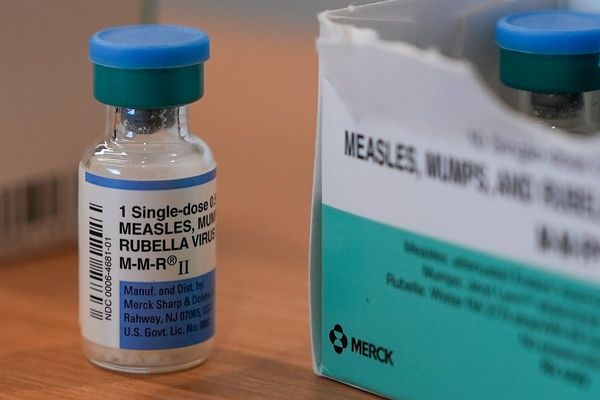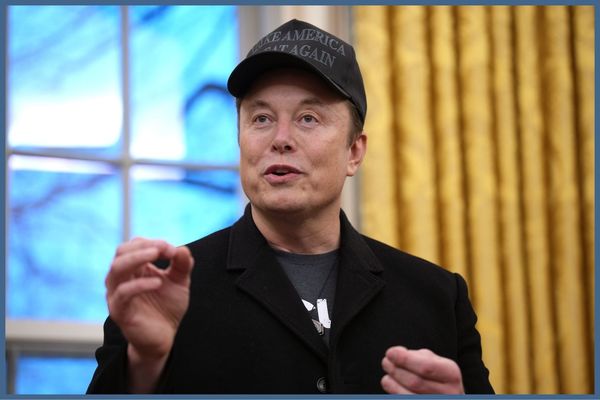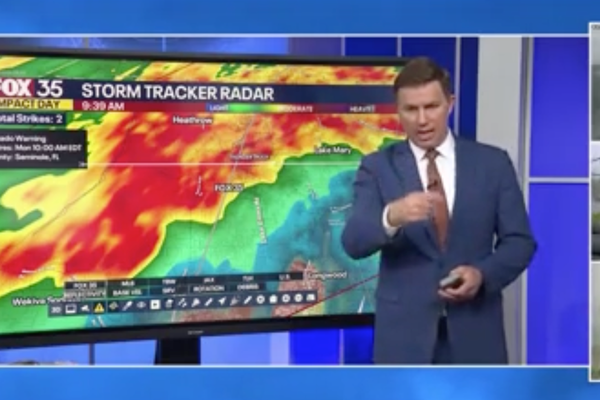
Birmingham: Researchers found that a particular brain region--which they identified through a study of patients who had brain damage to that region--controls our willingness to assist others.
Understanding the areas of the brain associated with "helping" decisions is crucial to comprehending how people could be inspired to take on major global issues like infectious diseases, climate change, and international conflict. It is also necessary to discover novel treatments for social interaction difficulties.
Researchers from the Universities of Birmingham and Oxford conducted the study, which was published in Nature Human Behaviour. It demonstrates for the first time how the ventromedial prefrontal cortex (vmPFC), a brain region, plays a crucial role in helpful, or "prosocial," activities.
Lead author Professor Patricia Lockwood said: "Prosocial behaviours are essential for addressing global challenges. Yet helping others is often effortful and humans are averse to effort. Understanding how effortful helping decisions are processed in the brain is extremely important."
In the study, the researchers focused on the vmPFC, a region located right at the front of the brain, which is known to be important for decision-making and other executive functions.
Previous studies using magnetic resonance imaging (MRI scanning) have linked the vmPFC to choices that involve a trade-off between the rewards available and the effort required to obtain rewards. However, these techniques cannot show whether a part of the brain is essential for these functions.
Three groups of participants were recruited for the study. 25 patients had vmPFC damage, 15 patients had damage elsewhere in the brain, and 40 people were healthy age and gender-matched control participants. These groups allowed the researchers to test the impact of damage to vmPFC specifically.
Each participant attended an experiment where they met another person anonymously. They then completed a decision-making task that measured how willing they were to exert physical effort (squeezing a grip force device) to earn rewards (bonus money) for themselves and for the other person.
By enabling participants to meet - but not see - the person they were 'working' for in advance, researchers were able to convey the sense that participants' efforts would have real consequences, but hide any information about the other person that could affect decision-making.
Each choice the participants made varied in how much bonus money for them or the other person was available, and how much force they would have to exert to obtain the reward. This allowed the researchers to measure the impact of reward and effort separately, and to use advanced mathematical modelling to precisely quantify people's motivation.
The results of the study clearly showed that the vmPFC was necessary for motivation to help others. Patients with vmPFC damage were less willing to choose to help others, exerted less force on even after they did decide to help, and earned less money to help others compared to the control groups.
In a further step, the researchers used a technique called lesion symptom mapping which enabled them to identify even more specific subregions of the vmPFC where damage made people particularly antisocial and unwilling to exert effort for the other person. Surprisingly, damage to a nearby but different subregion made people relatively more willing to help.
Co-lead author Dr Jo Cutler said: "As well as better understanding prosocial motivation, this study could also help us to develop new treatments for clinical disorders such as psychopathy, where understanding the underlying neural mechanisms can give us new insights into how to treat these conditions."
"This region of the brain is particularly interesting because we know that it undergoes late development in teenagers, and also changes as we get older," added Professor Lockwood. "It will be really interesting to see whether this area of the brain can also be influenced by education - can we learn to be better at helping others?" (ANI)




![Nevada Math Prof Alleges Discipline for "Voic[ing] Concerns About … the Math Department … Lower[ing] Its Curriculum Standards"](https://images.inkl.com/s3/publisher/cover/212/reason-cover.png?w=600)


